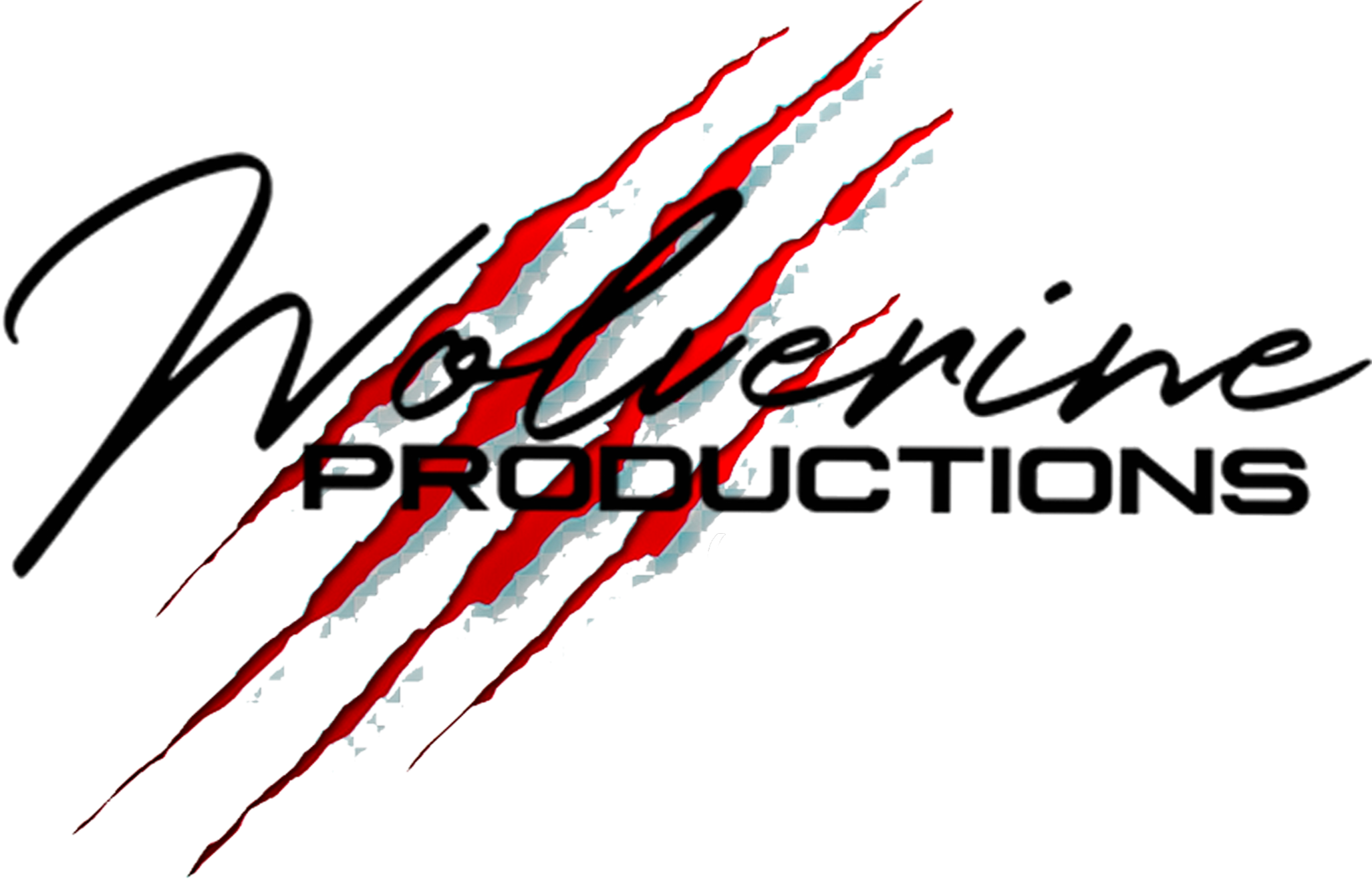Mastering Typography in Web Design: Fonts, Hierarchy, and Readability
- Wolverine Productions
- Sep 20, 2023
- 4 min read
Typography is often referred to as the backbone of web design. It's not just about choosing pretty fonts; it's about creating an immersive and engaging user experience. In this article, we'll explore the critical elements of typography in web design, from font selection to establishing hierarchy and ensuring readability. By mastering typography, you can elevate your web designs to a new level of sophistication and user satisfaction.
1. The Power of Font Selection:
Fonts are the Building Blocks of Design
Typography begins with the selection of fonts, a pivotal decision that can significantly impact the overall look and feel of your website. Beyond mere aesthetics, font choices should align with the purpose and identity of your website.
Brand Identity: Fonts should harmonize with your brand's identity. For example, if you're designing for a playful children's website, a whimsical and handwritten font may be fitting. Conversely, a corporate site may require more professional and sophisticated typefaces to convey credibility.
Legibility: Legibility should take precedence over aesthetics. Regardless of the font's beauty, it must be easy to read on various screens, including different sizes and resolutions. Test your font choices on multiple devices to ensure readability.
Font Pairing: Experiment with font pairings to create visual interest and hierarchy. A classic approach is to combine a sans-serif font for headings with a serif font for body text. This contrast in style can enhance the visual appeal of your design while maintaining readability.
Responsive Fonts: Consider using responsive fonts that adapt gracefully to different devices and screen sizes. Web font services like Google Fonts offer a wide selection of responsive fonts. Ensure that the fonts you choose are designed to look good and remain readable on small screens.
2. Establishing Typography Hierarchy:
Guiding Users and Emphasizing Key Content
Typography hierarchy plays a vital role in guiding users through your content and highlighting important information. It involves the use of various typographic elements, such as headings, subheadings, and font styles:
Headings: Clear and concise headings introduce content sections and help users navigate your site. Employ different font sizes, weights, and styles to establish a clear hierarchy. For instance, use H1 for main headings, H2 for subheadings, and so on. This hierarchical structure aids users in understanding the content's organization.
Font Styles: Distinguish different font styles, such as bold or italic, to add emphasis when necessary. However, be mindful not to overuse these styles, as excessive use can clutter the design and reduce their impact. Reserve them for truly important content.
Color Contrast: Leverage color contrast to draw attention to vital text elements. Ensure that text remains legible against the background color, adhering to accessibility guidelines. Effective color contrast can help users identify and focus on essential information.
3. Prioritizing Readability:
Enhancing User Experience Through Readable Text
Typography should prioritize readability to ensure that users can consume your content easily and comfortably:
Line Spacing: Appropriate line spacing, also known as leading, prevents text from feeling cramped or crowded. Aim for a line height that is 1.5 to 2 times the font size. Adequate line spacing enhances readability and prevents users from losing their place while reading.
Line Length: Avoid excessively long lines of text, as they can strain readers' eyes and reduce comprehension. Restrict line length to about 50-75 characters, which is considered optimal for readability. This practice ensures that users can read content without constantly shifting their gaze from left to right.
Font Size: Choose font sizes that suit the content and the device being used. Larger font sizes may be necessary for mobile devices with smaller screens, while slightly smaller sizes may suffice for desktop screens. The goal is to find a balance that offers readability without overwhelming or wasting screen space.
Responsive Typography: Implement responsive typography that adjusts font sizes and spacing based on screen size and device. This approach guarantees a consistent reading experience across various devices, from smartphones to desktops, enhancing user satisfaction.
4. White Space and Layout:
Creating Breathing Room for Text
White space, or negative space, plays a crucial role in typography. It provides the necessary breathing room for text, enhancing readability and overall visual appeal:
Margins and Padding: Incorporate generous margins and padding around text elements, such as paragraphs and headings. This creates a sense of spaciousness and prevents text from feeling cramped against the edges of the screen.
Paragraph Spacing: Use consistent paragraph spacing to break up content into digestible chunks. Adequate paragraph spacing not only enhances readability but also contributes to the visual hierarchy of your content.
Alignment: Choose an appropriate text alignment, such as left, center, right, or justified, based on the design's aesthetic and readability goals. Left-aligned text is the most common choice for readability, as it creates a clear and natural flow for readers.
5. Testing and Iteration:
Typography as an Evolving Process
Typography isn't a static element of design; it's an evolving process that benefits from testing and iteration:
User Testing: Conduct user testing to gather valuable feedback on your typography choices. Pay close attention to user preferences, readability concerns, and any issues that users may encounter while navigating your site. User feedback is invaluable for refining your typography choices.
A/B Testing: Experiment with different typography variations using A/B testing to identify which typography styles resonate best with your target audience. This data-driven approach allows you to make informed decisions and continuously improve your typography choices.
Conclusion: Elevating Web Design with Typography
Typography isn't merely about selecting fonts; it's about creating an immersive and enjoyable reading experience for your website visitors. By choosing fonts that align with your brand, establishing a clear hierarchy, prioritizing readability, and using white space effectively, you can master the art of typography in web design. Remember that typography is an evolving aspect of




Comments